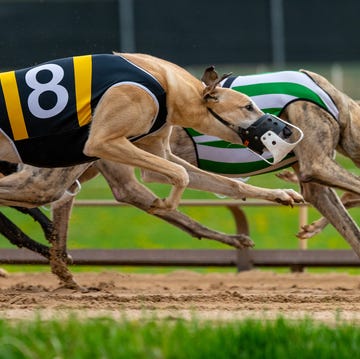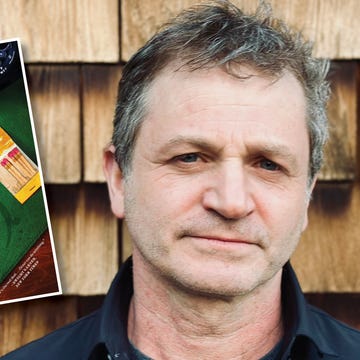We knew it’d happen one day: cloning is increasingly being used as a tool for conservation of endangered animals. In a twist on the plot of the blockbuster dinosaur film Jurassic Park, DNA from living species on the brink of extinction is preserved in the hopes of saving animals we’re close to losing altogether. In “Better Diversity Through Cloning,” Alta Journal contributor Joy Lanzendorfer details the work being done by San Diego’s Frozen Zoo, the world’s largest biobank for living cell cultures. In this exciting episode of Alta Live, we’ll explore the science, ethics, and possibilities surrounding the work with one of the scientists pioneering the process. Ben Novak, lead scientist for conservation cloning projects at Frozen Zoo’s partner Revive & Restore, will join us to answer these questions and more.
About the guest:
Ben J. Novak collaboratively pioneers new tools for genetic rescue and de-extinction. As lead scientist, he heads Revive & Restore’s de-extinction efforts and is the lead coordinator for conservation cloning projects, and in 2022, he expanded his role to include program manager for the newly launched Biotechnology for Bird Conservation program.
Novak’s primary passion is the restoration of the extinct passenger pigeon, the goal of Revive & Restore’s flagship project, The Great Passenger Pigeon Comeback. While passenger pigeons are Novak’s specialty, the conceptualization and advocation of biotech-based genetic rescue solutions for all organisms have been a lifelong pursuit. Novak’s work at Revive & Restore also includes extensive education and outreach, the co-convening of seminal workshops, and helping to develop ongoing projects and scope new opportunities to expand genetic rescue science and applications through Revive & Restore’s Catalyst Science Fund and Wild Genomes Grants.
Here are some notable quotes from this event:
- On extinction: “Until we reach points in which food production, energy production, and everything we do is sustainable and renewable—and is cohesive with natural environments—we will continue to lose habitats and lose populations, but conservation has proven that if you put enough work into it, you can restore those things.”
- On black-footed ferrets today: “Black-footed ferrets went extinct in the wild in 1987, the year I was born. And conservationists in Wyoming brought in the last 24 animals that existed in the world into captivity. Of those, a total of 18 survived, 14 were successfully bred, and 7 of them were actually the founders.… Every black-footed ferret alive today—there’s about 300 to 600-some in the wild and about 250 in zoos—are descended from just seven animals.”
- On the history of cloning: “Not a lot of people are aware of the rich history of cloning there is, and the technology really hasn’t changed much since. In a simple manner, it hasn’t changed much since the first animal was cloned—and that was actually 1957. A lot of people think it was 1996, when Dolly the sheep was cloned, but actually it was 1957, and the first animal ever cloned was a frog. And scientists in both, I believe, Korea and the United States achieved cloning the same year, and it’s always been basically the same.”
- On cloning humans: “I just want to preface this with: I do not support the re-creation of fixed populations of humans for many, many reasons. One of those big reasons is just the fact that we live in a society today with wealth inequality, racial injustice, sexism and gender injustice.… That said, human biotechnology is the farthest [along] biotechnology, so technically, re-creating the genome of a Neanderthal would be probably the easiest thing to do in terms of de-extinction.”
Check out these links to some of the topics brought up this week.
- Read “Better Diversity Through Cloning,” by Joy Lanzendorfer.
- Check out Revive & Restore, a team on a mission to enhance biodiversity and restore ecosystems.
- Watch Novak’s video on why you can’t clone birds.
- Read Ronald L. Sandler, Lisa Moses, and Samantha M. Wisely’s “Ethical Analysis of Cloning for Genetic Rescue.”
- Learn more about deep-freezing corals from Mary Hagedorn.
- View the Global Genome Biodiversity Network’s collections of genomic samples.
- Visit the San Diego Zoo, the world’s largest biobank for living cell cultures.•











